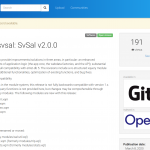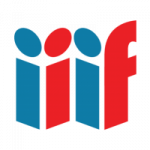Ein Bericht von David Glück und Andreas Wagner
Am 1. März 2018 wurde die Version 1.0 der Webanwendung im Rahmen eines Beitrags von Andreas Wagner und David Glück bei der Konferenz „Digital Humanities im deutschsprachigen Raum 2018“ als freie Software veröffentlicht und der wissenschaftlichen Community zur Verfügung gestellt. Seitdem wird die Webanwendung in Open Source und mit einem laufenden Versionierungsmodell weiterentwickelt. Sowohl die Webanwendung als Ganze als auch die einzelnen Releases der Anwendung sind seitdem nachhaltig archiviert und über DOIs zitierbar.1 Ebenfalls 2018 wurde die auf der Webanwendung aufbauende Digitale Quellensammlung des Projekts erstmals einem fachwissenschaftlichen Publikum präsentiert und (in Verbindung mit der Publikation von Francisco de Vitorias Confessionario, des ersten Textes der Digitalen Quellensammlung) als Forschungsplattform veröffentlicht. Im März 2020 haben wir die Version 2.0 der Webanwendung veröffentlicht. Im Folgenden wollen wir einen Überblick über die wichtigsten Entwicklungen seit der erstmaligen Veröffentlichung geben. Continuar leyendo «(Deutsch) Entwicklung der Webanwendung (v2.0)»

